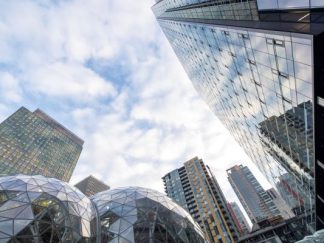Description
Amazon’s Second Headquarters: Abstract
Case A reviews Amazon’s location choices from its founding in 1994 to 2017, explaining how it moved its offices from Bellevue, Washington, to various Seattle locations, eventually establishing campuses in South Lake Union in 2010 and then in downtown Seattle in 2016. The case then explores Amazon’s strategic plan to establish a second headquarters in another North American city, illustrating the complex relationship between cities and major corporations.
Case B describes Amazon’s cancellation of its New York project, how the company was affected by local zoning laws and urban politics, and how various local interest groups responded to its plan. The subject of the case is business-government relations at the city level.
Teaching objectives
Case A: Understand the impact of locations, particularly in agglomerations and urban economies, on business success. Understand how large firms can shape urban business climates and community development. Understand the location selection process. Develop location analysis skills at the city level.
Case B: Understand the transformation of global cities and the significance of cities in business investment decisions. Understand how major investment projects can be blocked at the city level. Understand the negotiation process between firms and various stakeholders at the state and city levels. Develop location analysis skills at the city level.
Multi-part case
- Part A
- Part B (included when buying a teacher license only)
Additional information
Teachers’ notes are available for university teachers only. Please contact the HEC Montréal Case Centre.










Reviews
There are no reviews yet.